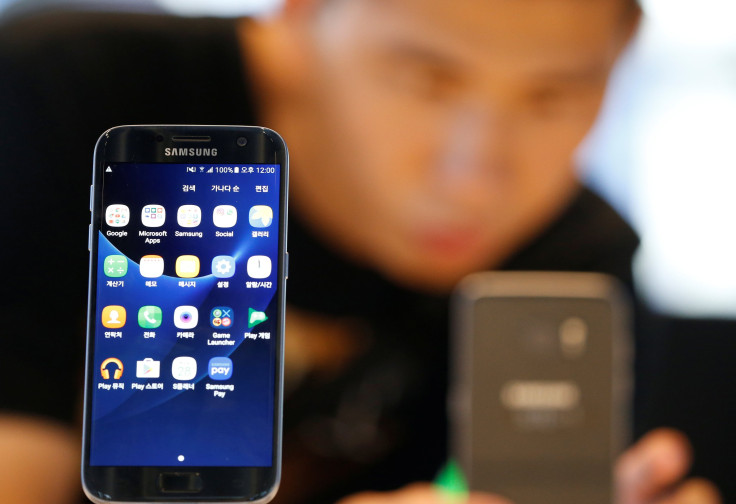Samsung Galaxy S8 Release Date: Will Specs Include Qualcomm Snapdragon 835 Exclusively For April 14 Launch?

The Samsung Galaxy S8 will be the first 2017 flagship to run the Snapdragon 835 chip, according to Forbes. This leaves several other devices, including the LG G6 and the HTC U Ultra, out of the running to feature the latest premium processor.
Qualcomm announced details about the Snapdragon 835 back in November, including that Samsung provided the 10nm FinFET technology for the chip. The development process improves the area efficiency, performance and power consumption on the 835, in comparison to older premium chips.
Due to its collaboration with Qualcomm, it appears Samsung has reserved exclusive launch rights to the Snapdragon 835. A source told Forbes the chip won’t be available in mass quantities until after the Galaxy S8 is on the market, possibly by April 14.
Despite being a 2017 flagship device, the HTC U Ultra was announced Jan. 12 with the Snapdragon 821 chip that had been featured on premium smartphones in 2016. The LG G6, set to launch Feb. 26, is also expected to feature a Snapdragon 821 chip. The 835 has not yet been tested against the 821 in terms of speed and performance.
However, it does include a host of new supported features, such as RAM up to 8GB, single-lens cameras up to 32-megapixels, dual-lens cameras up to 16-megapixels and Qualcomm's Quick Charge 4.0 technology, which can add up to five hours of power in five minutes.
These features may not be seen on devices other than the Galaxy S8 until the second half of 2017. Both HTC and LG are also known to release high-end devices later in the year. LG may release an update to its V line of devices, while HTC may release a device codenamed HTC Ocean, which could be the HTC 11.
Meanwhile, reports indicate Samsung may host several launch events on March 29 to introduce the Galaxy S8 before it is released on the market. The manufacturer has not confirmed any release details about the device, other than to say it won’t be unveiled at Mobile World Congress in February.
© Copyright IBTimes 2025. All rights reserved.




















